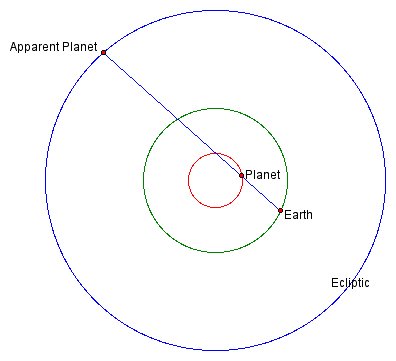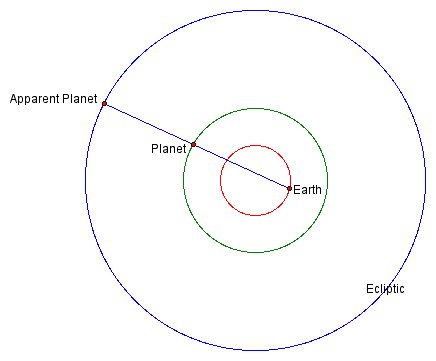- About MAA
- Membership
- MAA Publications
- Periodicals
- Blogs
- MAA Book Series
- MAA Press (an imprint of the AMS)
- MAA Notes
- MAA Reviews
- Mathematical Communication
- Information for Libraries
- Author Resources
- Advertise with MAA
- Meetings
- Competitions
- Programs
- Communities
- MAA Sections
- SIGMAA
- MAA Connect
- Students
- MAA Awards
- Awards Booklets
- Writing Awards
- Teaching Awards
- Service Awards
- Research Awards
- Lecture Awards
- Putnam Competition Individual and Team Winners
- D. E. Shaw Group AMC 8 Awards & Certificates
- Maryam Mirzakhani AMC 10 A Awards & Certificates
- Two Sigma AMC 10 B Awards & Certificates
- Jane Street AMC 12 A Awards & Certificates
- Akamai AMC 12 B Awards & Certificates
- High School Teachers
- News
You are here
Triangles in the Sky: Trigonometry and Early Theories of Planetary Motion - The Basic Modern Model
We pause here in our account of history to give the basic modern explanation for the motions of the planets described in Section 3. As seen from earth, the motion of the planet along the ecliptic is actually a combination of two motions—the real motion of the planet around the sun, and an apparent motion caused by the motion of the earth. These two motions combine to give the west to east circuit of the ecliptic with retrograde motions described in Section 3. Animating Figure 4 illustrates how this happens for the planets Mercury and Venus, the so-called “inner planets” which lie between the earth and the sun.

Figure 5 illustrates the situation for the “outer planets” including Mars, Jupiter, and Saturn.

Note that in both models the earth’s orbit and the planet’s orbit are in the same plane (the plane of the ecliptic). The blue line segment represents the line of sight from the earth to the planet; the intersection of this line with the ecliptic thus represents the apparent position on the ecliptic of the planet as seen from earth. This point is called the “apparent planet.”
This account of planetary motions is, of course, a simplified version of what actually occurs. Planets and the earth orbit the sun in ellipses, not circles, and change speeds as they travel, unlike the uniform speed shown in the animation. Also their orbits are not all in the same plane, but are slightly inclined to each other. However, the ellipses are almost circles, the speeds are almost uniform, and the planes are almost all the same. Thus this simple model gives a crude approximation to actual planetary motions, and is a good start towards a more accurate one. Furthermore, these considerations do not affect the basic explanation given by the model for the apparent motions of the planets including retrograde motions.
Sandra M. Caravella (New Jersey City University), "Triangles in the Sky: Trigonometry and Early Theories of Planetary Motion - The Basic Modern Model," Convergence (August 2010), DOI:10.4169/loci003120




